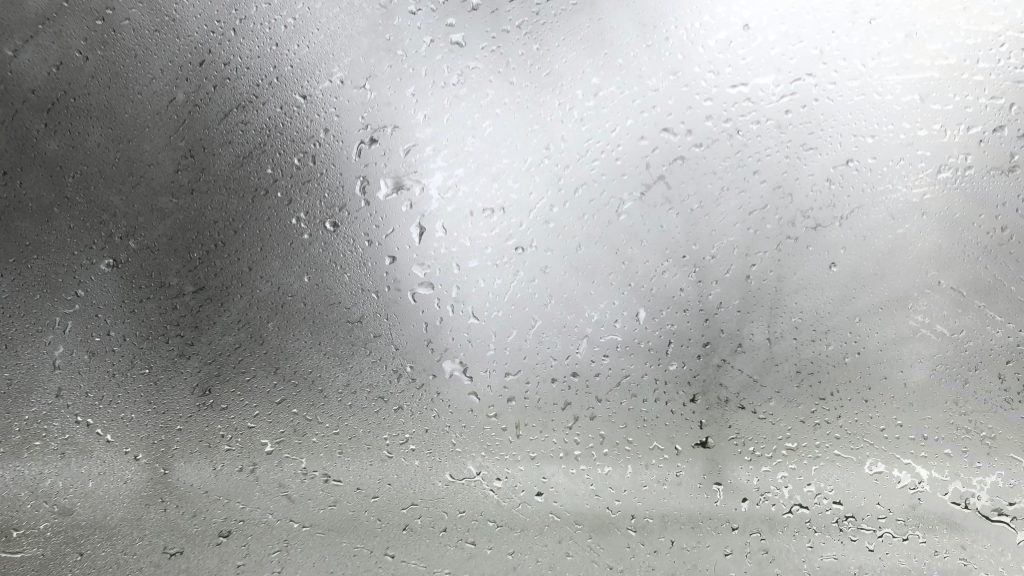Condensation on New Windows- Is it Normal?
Dec 13, 2021
Picture this: You just had a whole house of beautiful new windows installed and couldn’t be happier when you wake up one morning and see moisture droplets on your brand-new windows. Is this normal? Should you call the manufacturer? Don’t worry, this question is much more common than you would think. The truth is condensation on new windows is relatively common and does not mean the windows are faulty. In fact, condensation typically means the new windows are working more efficiently than the ones in your home previously.
What is Condensation?
Condensation occurs when the surface temperature of an object is below the temperature of the surrounding area. If the surface temperature drops below the dew point (generally defined as 100% relative humidity) then water droplets will begin to form on the object. This happens to your glass of ice water in the summer, and a similar phenomenon occurs to windows as well. Most replacement windows have a thin coating of Low-E to aid in energy efficiency, and this Low-E coating acts as a heat and energy reflector in order to better insulate your home. During colder months, the windowpanes keep warmth inside your home but remain closer to the exterior temperature. As the warm air from your home meets the cool window glass, surface temperatures can drop below the dew point and condensation can form on the inside of your windows. In the warmer months, your window glass may remain cooler because of the air conditioning in your home. As the warm outside air meets the cool windowpanes, condensation can form on the exterior of your windows. Therefore, condensation on glass indicates that your new windows are energy efficient and performing better than ever.
Window condensation can easily be wiped away with a towel, but what if the water droplets are forming in between the glass of your double-paned window? Condensation in between the panes of glass typically indicates an issue with the window seal. Most replacement windows are double-paned and contain argon gas (or something similar) between the panes to slow heat and cool transfer. If the seal keeping that gas in between the panes fails, then air can infiltrate the interior of the window and cause condensation. So, while water droplets forming on the outside of the glass indicate superior energy performance, condensation accumulating between the panes of glass may require a call to the window dealer.
How to Mitigate Condensation
As discussed above, condensation is typically a positive sign that your windows are working more efficiently than ever, but what do you do if you do not like the look of the condensation? While there are a wide variety of elements that can contribute to condensation taking place, there are a couple of things that you can do to potentially mitigate the amount of condensation on your windows. Heavy blinds/drapes can sometimes trap warm air close to the windows, so opening window treatments can help lessen condensation. Reducing causes of moisture can also lessen condensation, so decreasing or stopping the use of a humidifier (or running a dehumidifier) can help, as can increasing the overall temperature of your home. Finally, increasing the ventilation in your home by opening windows for short periods of time, running ceiling fans or similar activities can decrease the moisture in your home and therefore decrease the possibility of condensation forming on your windows. While these actions may lessen the chances, nothing will completely guarantee the eradication of condensation on your windows.
Replacing the windows in your home is a big project, so it is completely normal to pay close attention to their performance after installation. While noticing condensation on your new windows can be alarming at first, it is important to remember that this is completely normal and is actually a sign that your new windows are performing better than your previous ones. Have more questions or looking to replace some windows in your home? Click here to sign up for a free estimate.

